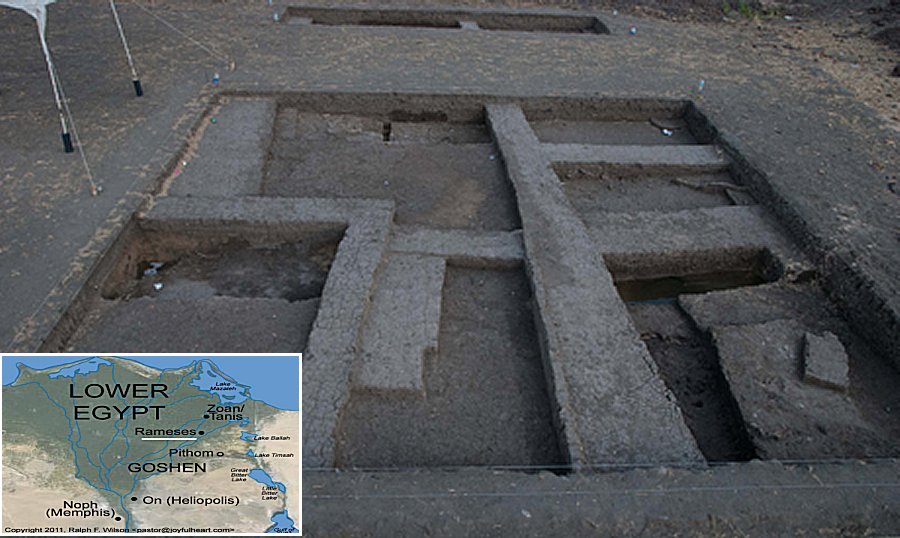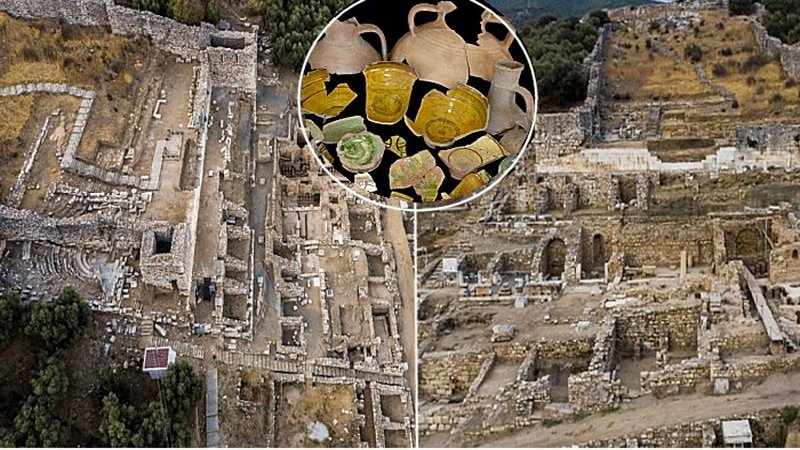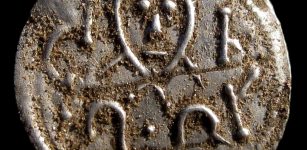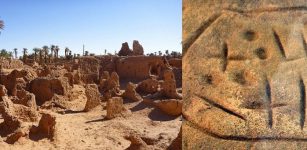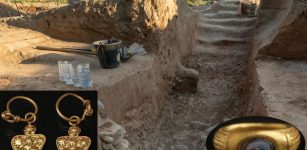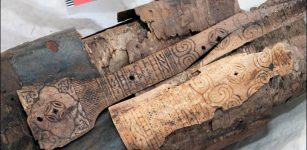New Discovery At Qantir Will Shed Light On Piramesse Ancient Capital Of Egypt
MessageToEagle.com – The ancient city of Pi-Ramesses (“the House of Ramses”) was once the capital of Egypt during the reign of Ramesses II, the third pharaoh of the 19th dynasty.
He was one of the most powerful and influential pharaohs and built large temples, residences, storehouses, docks, and military facilities.
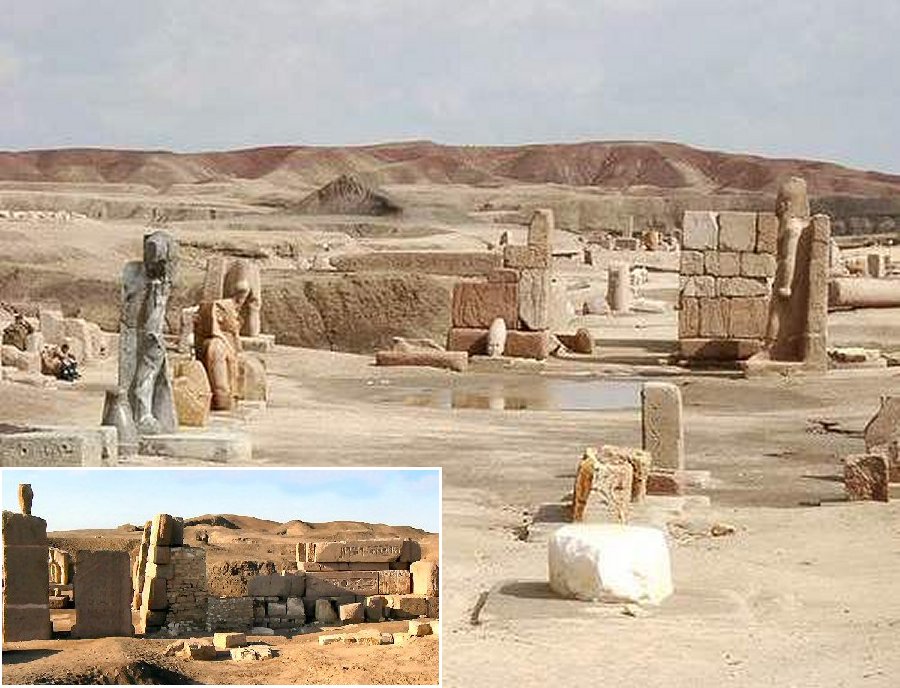
Divided into four quarters, the city of Pi-Ramesses was not only the royal residence but also the administrative capital with several government buildings.
Later, toward the end of his dynasty, Pi-Ramesses began to decline and the town of Tanis, located 15 miles (24 km) to the north began to replace Pi-Ramesses in power . Finally, the royal residence was also moved Tanis in the 21st dynasty (1075–c. 950 BC).
The location of Pi-Ramesses has been lost for a very long time.
See also:
Pharaoh Psusennes I Buried In The Silver Coffin Inlaid With Gold
10 Fascinating Facts About Pharaohs
Ramesses II Became Pharaoh Of Ancient Egypt – On May 31, 1279 BC
Valley Of The Kings – Necropolis Of New Kingdom Rulers Of Ancient Egypt
Ancient Tombs Of The Nobles In The Valley Of The Queens
Now, a large building complex has been unearthed during excavations at the site of Qantir-Pi-Ramesses, situated at the eastern edge of the Nile Delta, about 110 km northeast of Cairo and 80 km west of Ismailia.
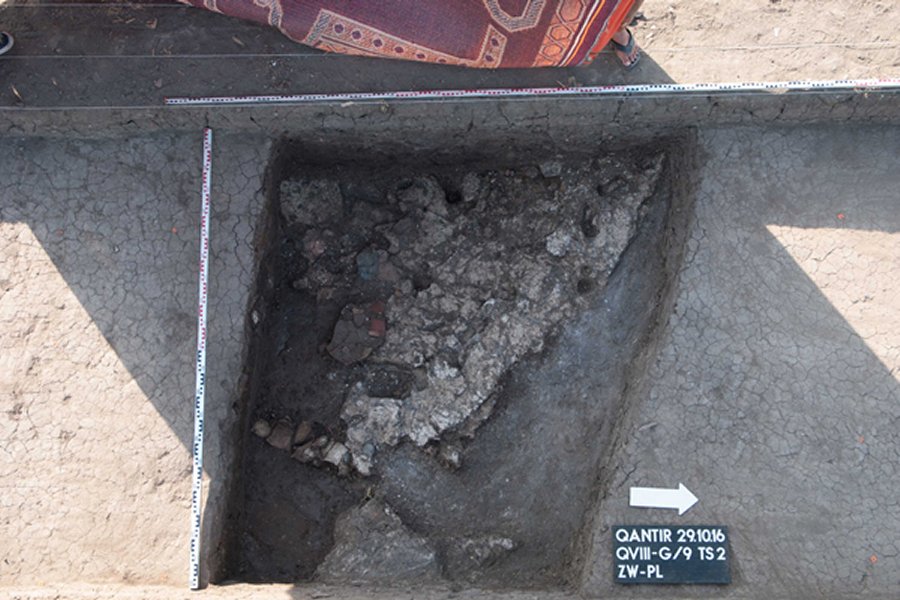
The complex covers approximately 200 (650 ft) by 160 meters (500 ft) and based on the layout of it, archaeologists from the Roemer and Pelizaeus Museum in Hildesheim in Germany suggest that the 3,000-year-old site was either a palace or a temple.
The mission director, Henning Franzmeier from the Roemer and Pelizaeus Museum in Hildesheim in Germany told Ahram Online that the goal of these excavations is to locate a potential entrance to the monumental building, which seems not to be located as is typical in the axis of the complex, but rather in its north-western corner.
Franzmeier also said that magnetic survey, carried out last year, largely helped to excavate the ruins. The works are very important because of the site’s proximity to the modern and still expanding village of Qantir.
The team has also found a mortar pit extending to at least 2.5 by 8 meters. At the bottom, a layer of mortar was uncovered, in which children’s footprints have been preserved. Even more extraordinary is the filling of the pit, consisting of smashed pieces of painted wall plaster.
“No motifs are recognisable so far but we are certainly dealing with the remains of large-scale multi-colored wall paintings,” said Franzmeier.
MessageToEagle.com
Expand for references
